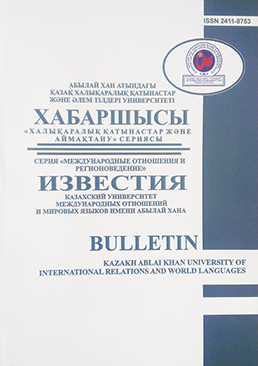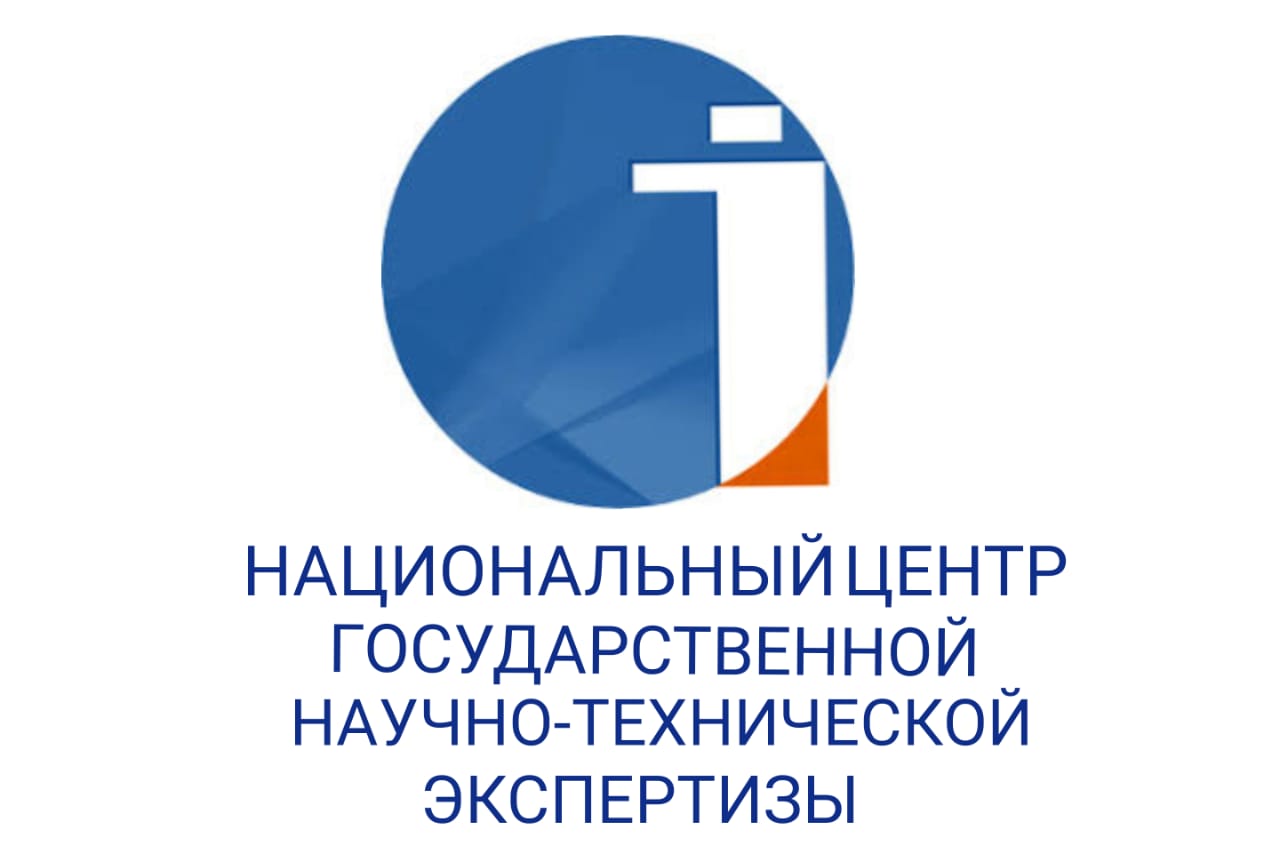MAPPING THE PRIORITIES: COMPARATIVE ANALYSIS OF EU AND US ECONOMIC ENGAGEMENT IN CENTRAL ASIA
DOI:
https://doi.org/10.48371/ISMO.2024.58.4.016Keywords:
European Union, United States, Central Asia, economic cooperation, trade relations, foreign investments, energy security, strategic interestsAbstract
Central Asia has increasingly become a focal point for both the European Union (EU) and the United States (US), each pursuing distinct yet overlapping objectives. This article presents a comparative analysis of the EU's and the US's economic engagement in Central Asia, with a particular focus on trade relations, foreign investments, and energy security. By examining key development projects such as the Trans-Caspian Corridor, the study evaluates the effectiveness, scope, and sustainability of their economic interactions in the region. The analysis highlights both convergences and divergences in their strategies, revealing how these engagements shape regional stability, economic growth, and political reforms. While both the EU and the US share the overarching goal of fostering stability and development in Central Asia, their priorities and methods differ. The EU’s approach, grounded in liberal internationalism, emphasizes soft power tools, including economic cooperation, infrastructure development, and democracy promotion through institutional support. On the other hand, the US follows a more realist approach, focusing on geopolitical competition, securing energy routes, and enhancing military cooperation, particularly through frameworks like the C5+1 platform. This comparative study sheds light on the broader geopolitical implications of Western involvement in Central Asia and its long-term impact on the region’s evolving political and economic landscape.Downloads
Published
2024-12-30
How to Cite
Aikumbayeva L.A., & Kakenova Z.A. (2024). MAPPING THE PRIORITIES: COMPARATIVE ANALYSIS OF EU AND US ECONOMIC ENGAGEMENT IN CENTRAL ASIA. BULLETIN of Ablai Khan KazUIRandWL Series “International Relations and Regional Studies”, 58(4). https://doi.org/10.48371/ISMO.2024.58.4.016
Issue
Section
Мақалалар/Статьи/Articles







